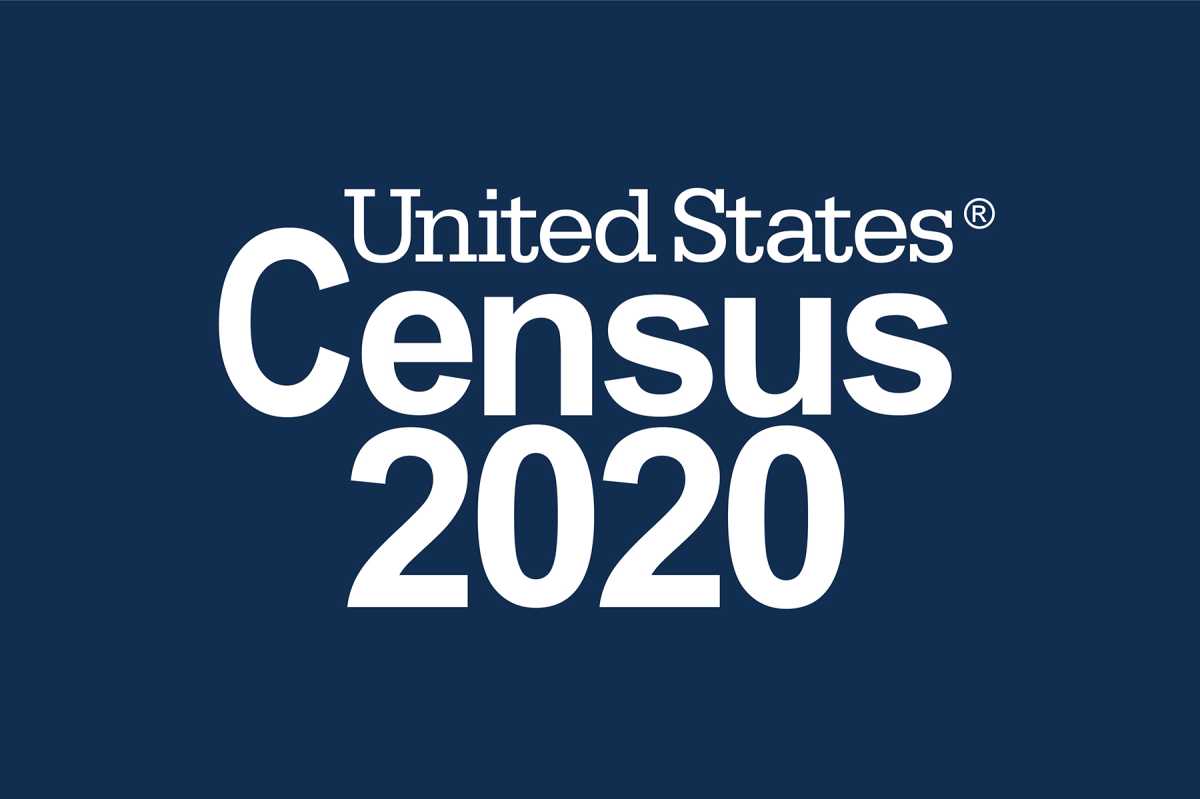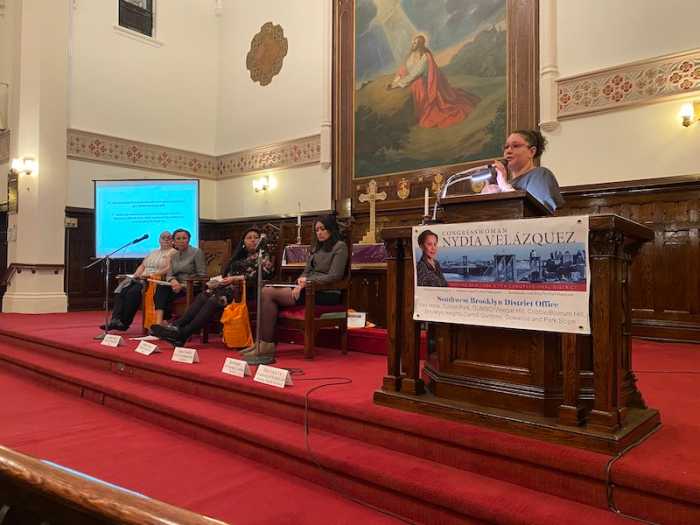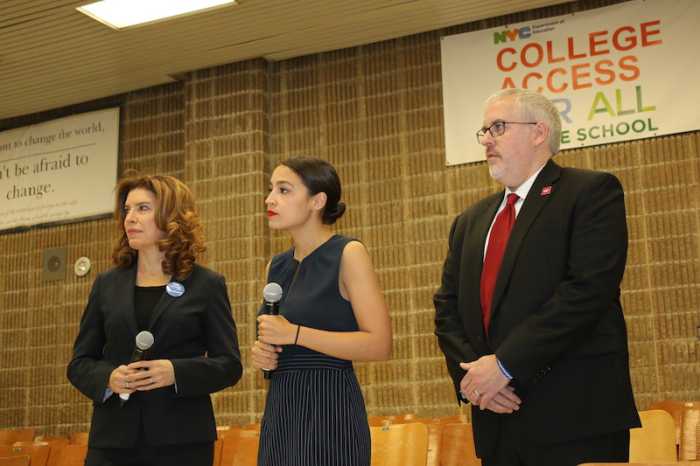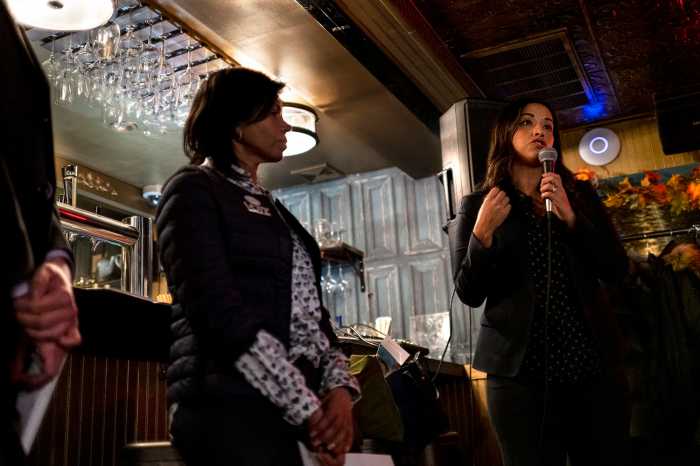Today is a day that comes but once a decade: Census Day. On this day, the federal government will be sending out notices to every family in America, reminding them to fill out the Census. However, this year the Census Bureau faces a significant obstacle, that being the COVID-19 pandemic.
Since the beginning of March, the Census Bureau has had to plan around the drastic societal changes that the pandemic has caused. Getting an accurate count for New York in particular will be tricky; with more than 75,000 cases to date, our state is the new epicenter of the virus.
Yesterday, we got the chance to speak with Census Bureau Regional Director Jeff Behler about the issue.
NYCP: As you probably know, during the 2010 count New York was considerably undercounted compared to other states. Why do you think that is?
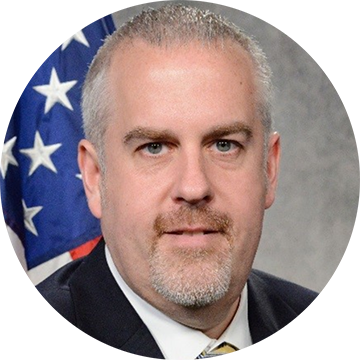
JB: Well, I wasn’t here in 2010, so I can’t speak for all the different aspects of what may have lead to an undercount. But from what I’ve heard, [in 2010] there wasn’t that drive that there is this time around. As for what sparked that drive, some people say it’s because of the whole citizenship question debacle; others say that it’s just a new time when people understand the importance of funding to communities and representation.
That’s the piece that really has me optimistic about getting a complete and accurate count. When you look at the things that are being done throughout New York, from funding being provided at the state level… you know, they started their own Complete Count Committee.
New York City is another example; they’ve invested over $40 million into this. You’re seeing advertisements from Cardi B, Alexandria Ocasio-Cortez and Lin-Manuel Miranda, talking about the importance of the Census. All of these wonderful things… and partners, very important partners, like church leaders, business owners, community-based organization leaders understanding what the Census means to their community. And I think they are going to be the key to getting a complete and accurate count.
NYCP: Let’s talk about the coronavirus. To what extent do you think the pandemic will hamper our effort to get a complete count?
JB: Right now, it has suspended our field operations. We had an operation in upstate New York, where we actually hand-delivered questionnaire packets to households, typically in areas with high percentages of P.O. boxes. But we had to suspend that operation on March 17.
The good thing is, self-response for the Census hasn’t stopped. People can still go online at any point and time to fill out the Census; whether they got the invitation or not, they can still fill it out. They can call one of the thirteen toll-free phone numbers available and provide their information over the phone if they want.
The things that we’ve put on hold that are important to the Census are all the work of our partners. They were planning April 1 events; they were planning counting parties at libraries, and events at church. The idea was to get people to come together and to talk about why the Census is so important in an environment they feel comfortable. And then they’d say, “Oh, by the way, here’s a laptop. Here’s a tablet. Here’s an iPhone. Let’s sit down and fill out the Census right now.”
Now they’re doing social media events. They’re doing parties with live DJs that you join on Instagram. We have a school program in the Albany area, which I thought was really cool; they’re doing a “teddy bear Census”. All the students are at home, learning virtually, so there was a class they designated as a “census bureau”, and their job was to conduct a “census” of their teddy bears. And as the kids are doing this, the parents are learning why the Census is so important.
So we’ve put the in-person events on hold temporarily, but that doesn’t mean we have to stop counting. And we’ll continue to do that for as long as we can.
NYCP: Right now there are a significant number of New Yorkers who are hospitalized or in critical condition. Have you been making an effort to reach out to them? How do we ensure that they’re counted?
JB: Great question. Hospitals are what we call “group quarters”. That category includes nursing homes, dormitories, military barracks, jails and prisons. We have special operations that we do for those; when we have people who are in long-term hospital care, they’re part of our group quarters operations.
First, we’ll reach out to administrators at particular locations. Sometimes we have them go online to a special website and enter in all the information for the patients and the people who may live there. So that’s something we do for group quarters to make sure that we get a complete and accurate count.
But also, part of our messaging, where we talk about Census Day being April 1, is that we’re counting where people usually live or stay. So if someone’s temporarily hospitalized, even if they’re in the hospital on April 1, our messaging is that we need whoever’s filling out the form to make sure they include everyone who usually stays at that address as of April 1, 2020. That means they still need to be counted back at the home where they’re from. And with group quarters, we certainly know not to bombard them right now, because they’re all dealing with higher priority things.
NYCP: From what I understand, even though April 1 is “Census Day”, it’s not actually the deadline for submitting the Census. Is there a deadline? When is it?
JB: April 1 is just the reference day. We have to take a snapshot of our nation at a point in time, and April 1, 2020 is that point in time. Whether you fill out the form on March 12 or June 1, we’re asking you who lived at that address as of April 1, 2020. So that’s really kind of the goal in mind.
As of now, self response will be open through mid-August. This past Saturday, our director announced that we were suspending our field activities, and we’re reevaluating what that means. Part of the counting is when we go out and actually knock on the doors of everyone who has yet to respond, so that’s something that we will do. We don’t know when that’s going to be quite yet; that’s something we’ll have to figure out, following the guidelines from the state and local health departments.
But as of now, people have until mid-August to self respond.


